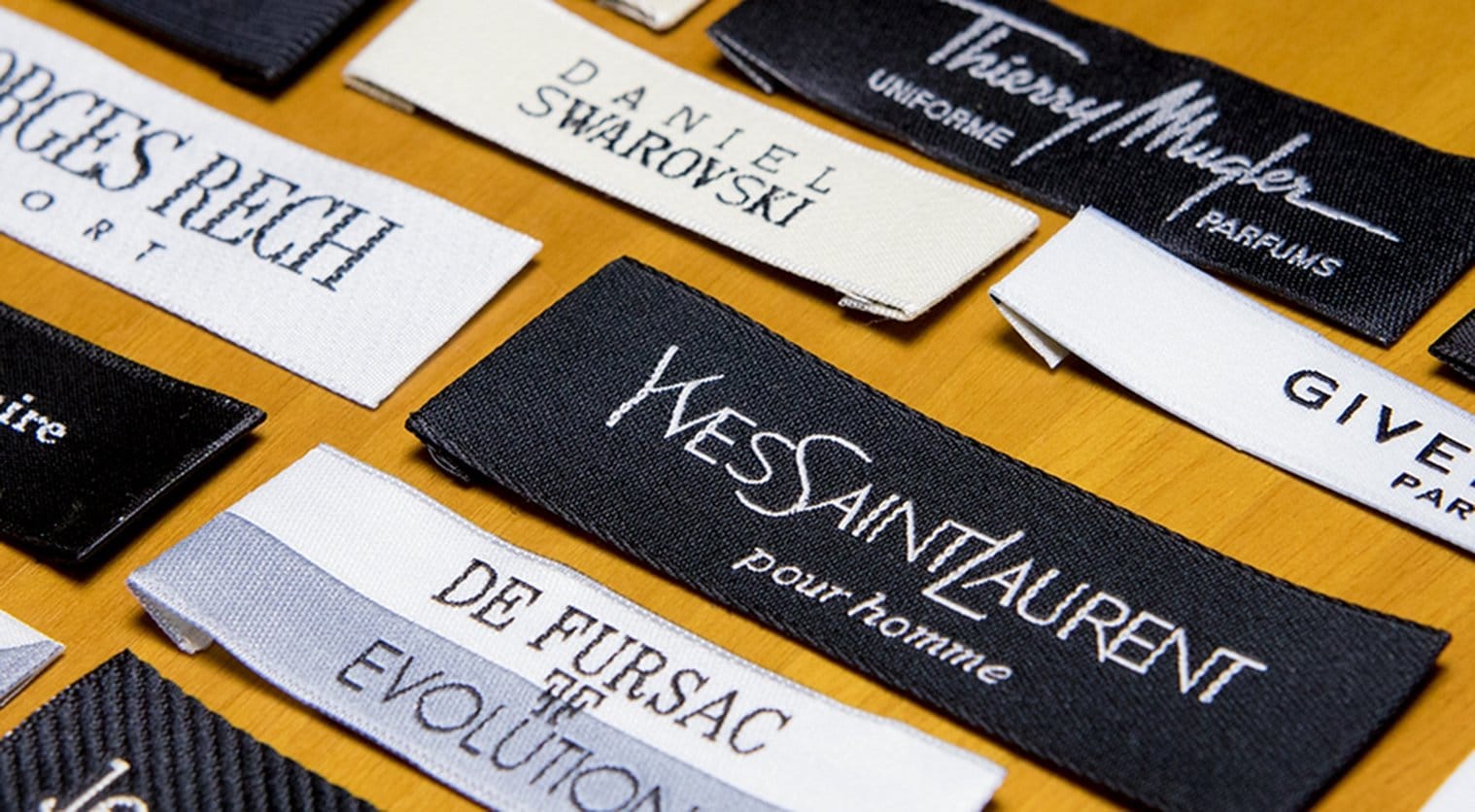A clothing label could look like a useless product. In fact, a label whose design has been thought out is able to highlight the products. The great couturiers know this and use woven labels to boost up their brands. They make high-end quality and great freedom of customization. But how do you go about designing such a label?
Choose the label
First, you want to know where the label will be positioned within the products. Indeed, this will have a direct impact on the choice of the labels like folding, printed, cut sew, etc or may be you need to custom it. It is easy to understand that it will be different depending on where the label is located like at the level of the neck or the right hip of the garment.
Use the label quality according to the product
In high or extra high definition, all colors are allowed and the finesse of complex graphics guaranteed. Satin fabric label, which allows the design of thick labels with classic colors, is often used for luxury products like leather. On the other hand Cotton and linen fabric make labels, provide a 100% natural effect and are pleasant to the touch and easy to do the printing on it. Manufacturers want more affordable quality, will use for the charm of taffeta.
Play on design
Laser cutting allows you to completely customize the shape of the label as you wish and off course save the time as well. Lurex, on the other hand, is a textile thread that gives the label a metallic and shiny finish. Bumblebee and woven tags will suit badges. The fringes, with their tapestry effect, bring real originality. Finally, embossing is a technique that gives the label a relief and a unique tactile sensation.
Make your label to communicate
Besides the quality and the design of the label, the choice of relevant content is another way to communicate with potential customers. This can involve a logo, a brand, a slogan, colors, print, size etc. for a particular item. The idea is to create a sensory impact which help to the fashion business, thanks to a label that becomes a real marketing asset for fashion business.
Make a label according to your budget and product
Before jumping headlong into the development of a label, you must already establish a realistic budget based on your needs and financial capacities. A cotton T-shirt maker is unlikely to have any interest in investing in satin labels. By playing on the quality of the weaving and the finishes, everyone can create a label that corresponds to their desires, items and their budget.


